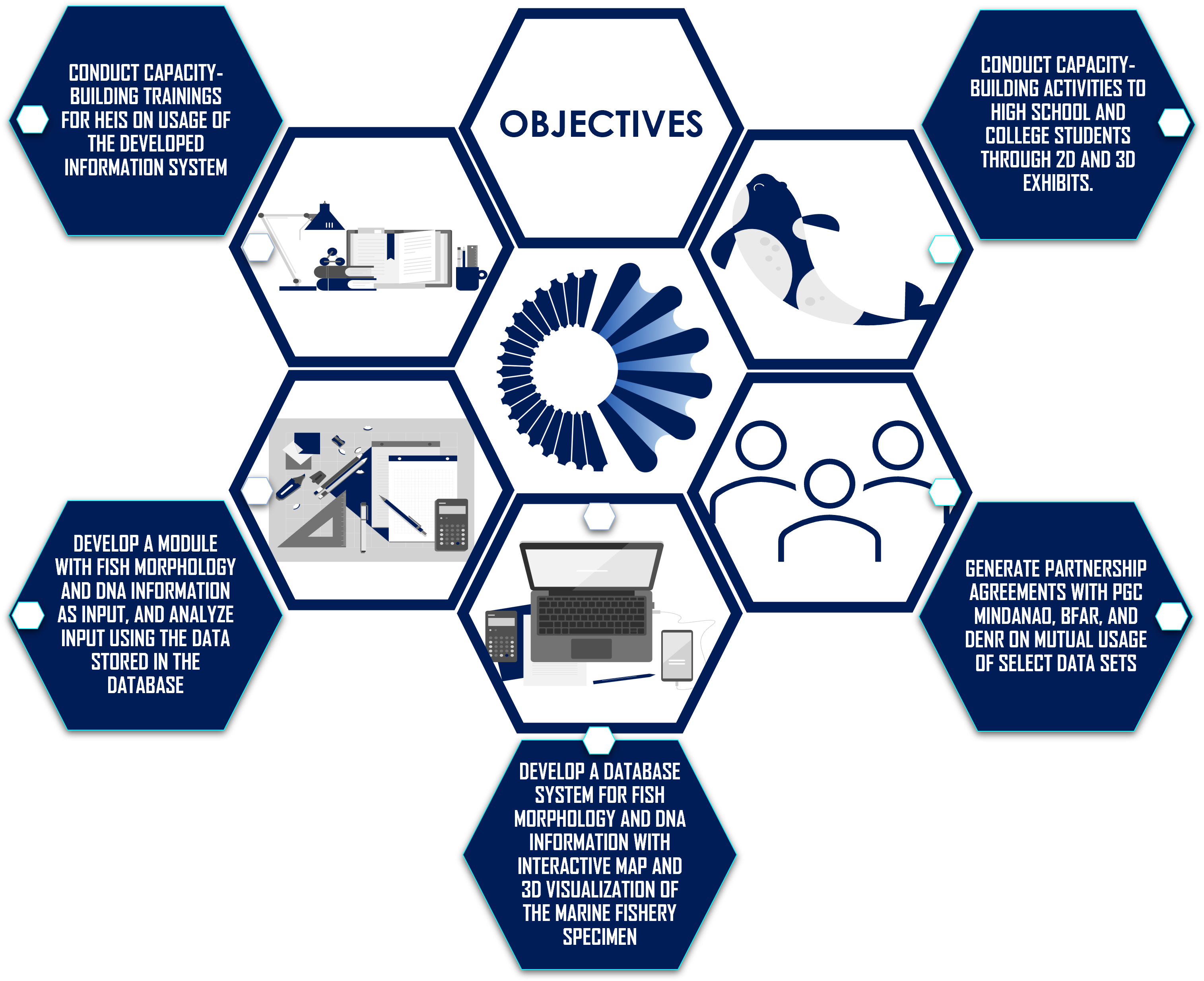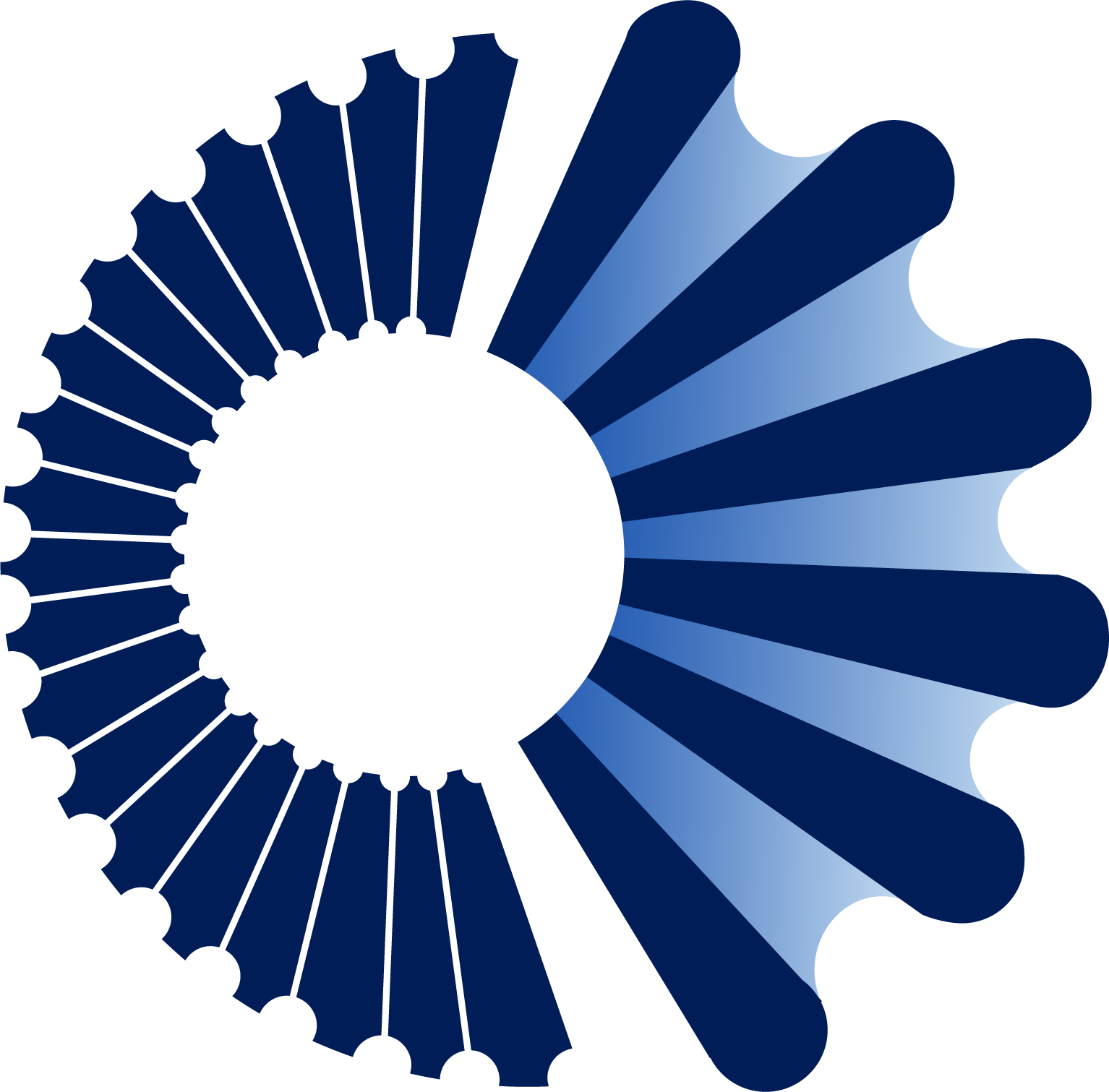What We Do
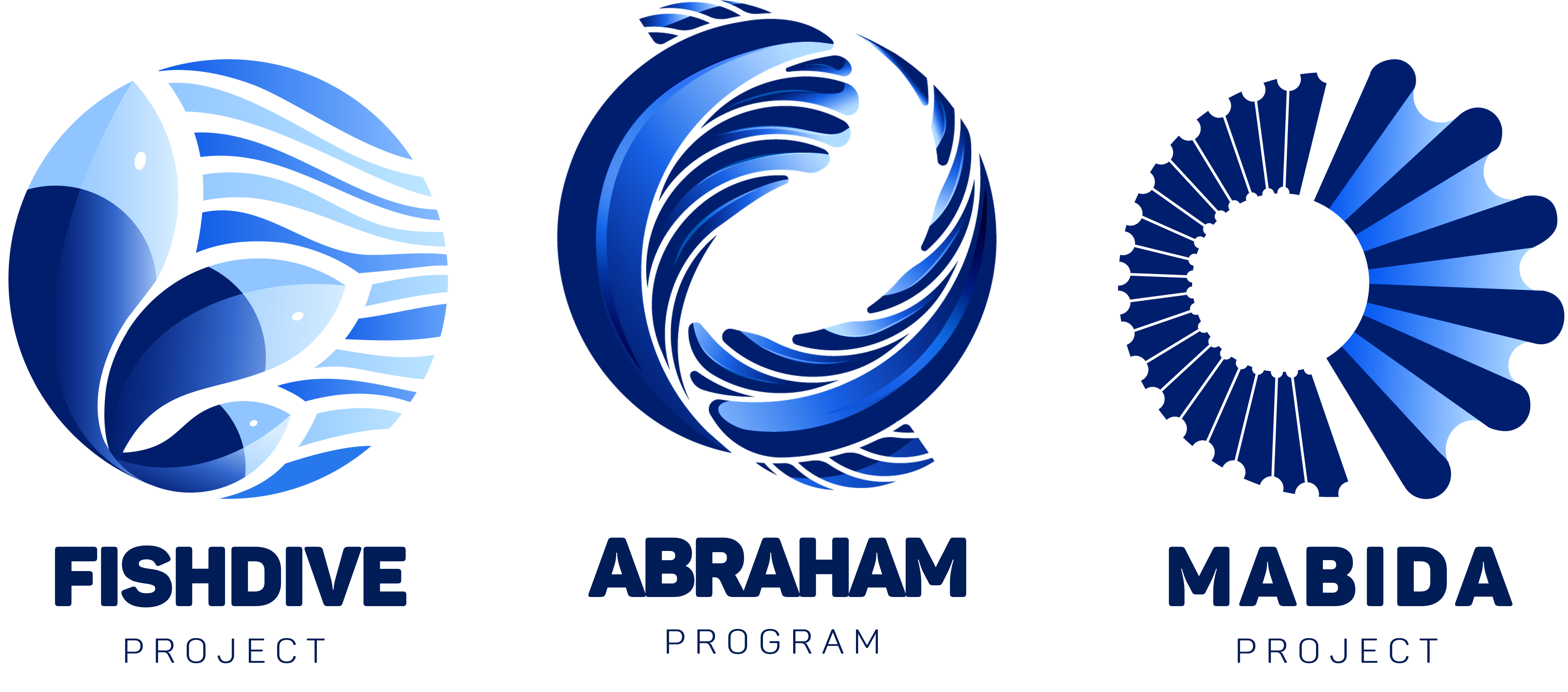
The Applied Biodiversity Research for the Holistic Advancements in Mindanao (ABRAHAM) is a research program funded by the Department of Science and Technology (DOST) and monitored by the Philippine Council for Agriculture, Aquatic and Natural Resources Research and Development (PCAARRD). It aims to assess the reef fish biodiversity in the southern sea systems of the Philippines, create a system that will allow stakeholders’ access to the information, and develop the capacity of local stakeholders in the conduct of marine biodiversity research and use of the information system.
Marine Biodiversity Database
Matching & Alignment
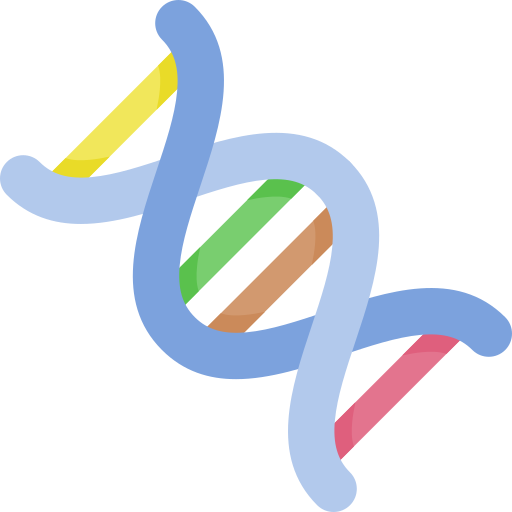
Input morphological and genetic data of your specimen to find a potential match in our database. This serves as an efficient and low-cost decision support system for researchers.
Database

Explore our online library of Mindanao flora and fauna to learn more about each species and their biodiversity status.
Interactive Map

Track the location of documented species in this interactive map visualizing the biodiversity profile, genetic diversity, and population connectivity of marine fishes in Mindanao.
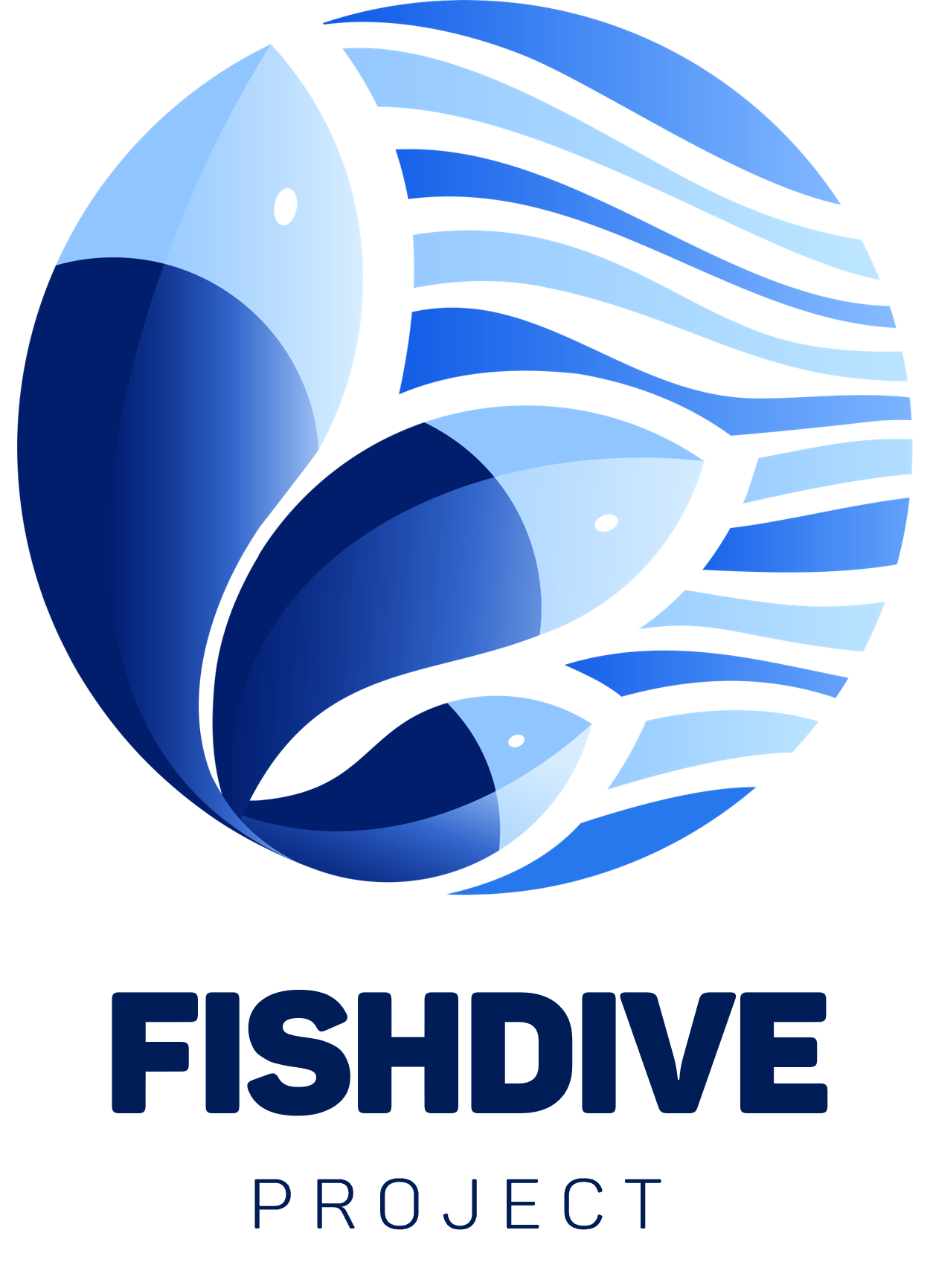
Population Genomics and Species Diversity of Reef Fishes Between Sulu and Celebes Seas Biogeographic Regions
Project Leader: Cleto L. Nañola, Jr., PhD
FishDive covers the biological and ecological component of the program. This component looks at the variation in reef fish diversity at different biological hierarchies along the Sulu-Celebes Sea systems. Different techniques will be used to assess diversity at varying levels: (1) species barcoding, (2) population genomics, (3) fish population biology, and (4) fish visual census.
Objectives
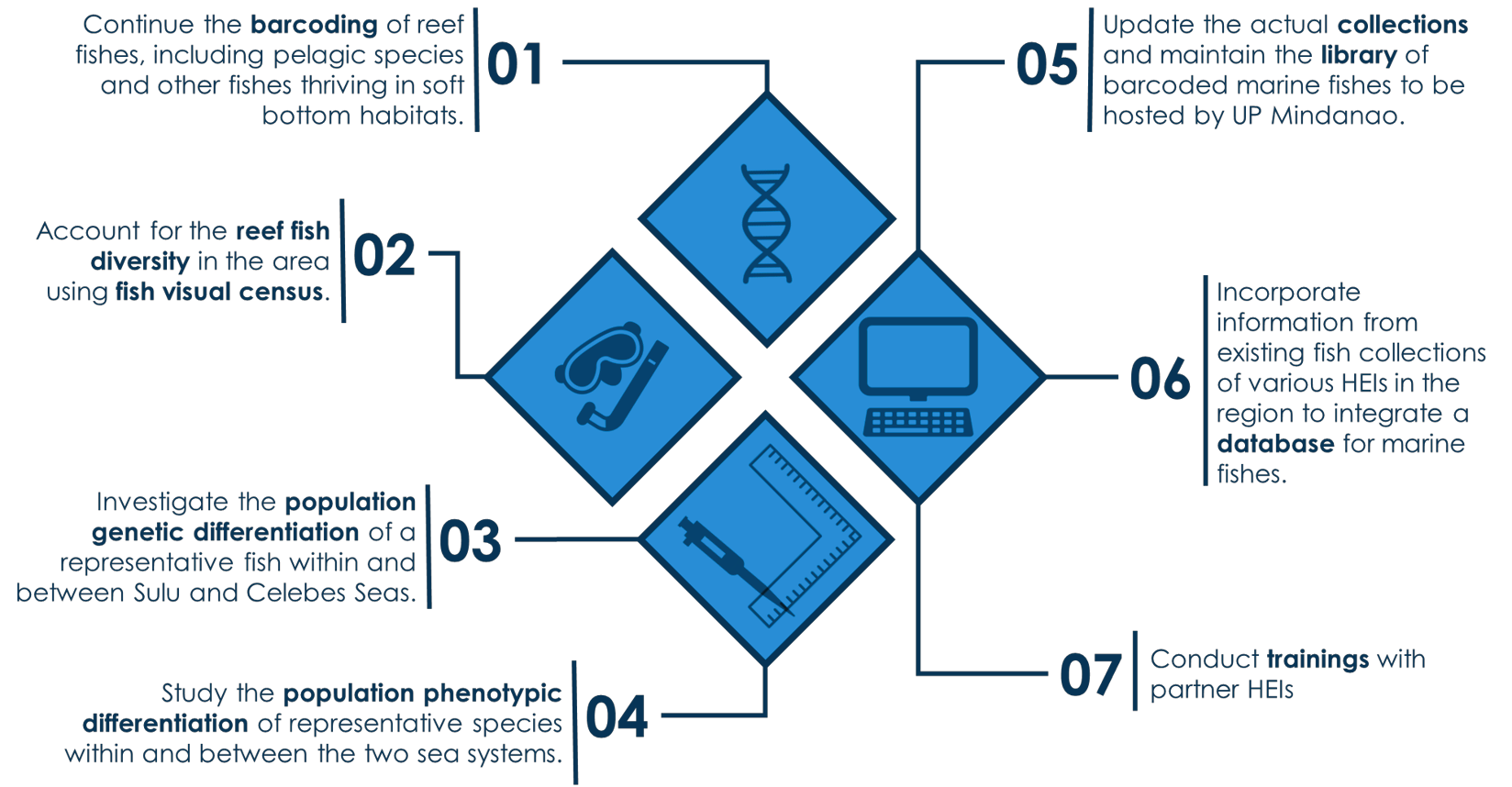
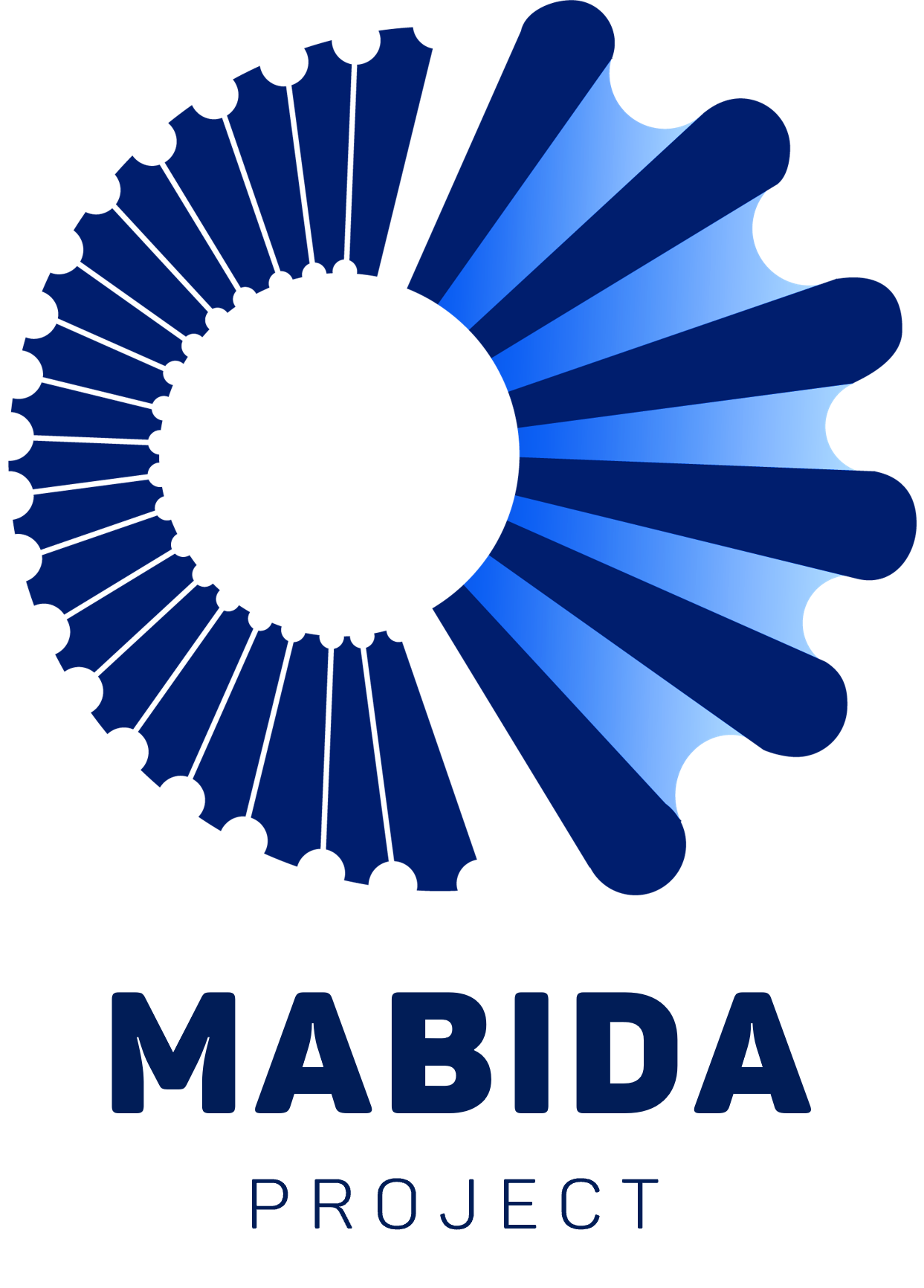
Information System for Marine Fishery Morphology and DNA Sequence in Mindanao
Project Leader: Leo Manuel B. Estaña, MSc
MaBiDa covers the information system component of the program. The information system is to be integrated with functionalities that will allow researchers to contribute data, verify data stored, and track specimen locations, including generation of 3D models of the specimens and a tool that will analyze similarity in the DNA sequences of specimens. Modules for Mindanao’s flora and fauna, both terrestrial and aquatic, will also be developed in the future.
